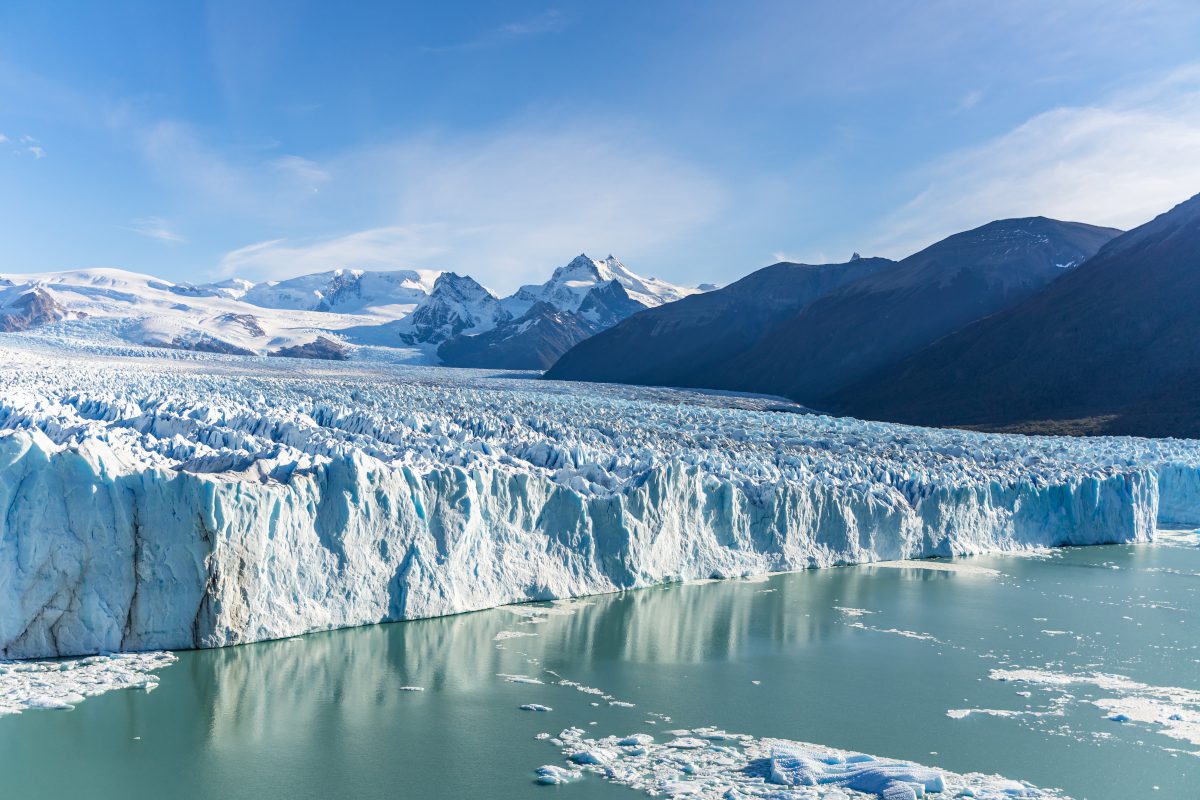
Mountains and highlands are often referred to as natural “water towers” because they provide lowland communities with essential freshwater for drinking, irrigation, industry, food, and energy production. A new study published in Nature provides insight into this valuable resource, which is crucial to the welfare of 1.9 billion people.
The combination of high mountain snow peaks and glaciers along with the natural biodiversity of these regions make them an irreplaceable part of the global water cycle. A team of 32 scientists from around the world, including from IIASA, have assessed the planet’s 78 mountain glacier–based water systems and, for the first time, ranked them in order of their importance to adjacent lowland communities, as well as their vulnerability to future environmental and socioeconomic changes. These systems–commonly referred to as water towers–store and transport water via glaciers, snow packs, lakes and streams, thereby supplying invaluable water resources to 1.9 billion people globally—roughly a quarter of the world’s population.
The research provides evidence that global water towers are at risk, in many cases critically, due to the threats of climate change, growing populations, mismanagement of water resources, and other geopolitical factors. In addition, the authors conclude that it is essential to develop international, mountain-specific conservation and climate change adaptation policies and strategies to safeguard both ecosystems and people downstream.
“The significance of mountain water supply for drinking water and food production is increasing, which casts a large uncertainty in many regions of the world facing melting glaciers and decreasing snow packs. Some of the vulnerable water towers are especially under pressure due to demands from population growth and alarming increases in downstream water use,” explains study coauthor and Acting Program Director of the IIASA Water Program, Yoshihide Wada.
According to the authors, the most relied-upon mountain system is the Indus water tower in Asia. The Indus water tower—comprising vast areas of the Himalayan mountain range and covering portions of Afghanistan, China, India, and Pakistan—is also one of the most vulnerable. High-ranking water tower systems on other continents are the southern Andes, the Rocky Mountains and the European Alps.
To determine the importance of the 78 water towers, researchers analyzed the various factors that determine how reliant downstream communities are upon the supplies of water from these systems. They also assessed each water tower to determine the vulnerability of the water resources, as well as the people and ecosystems that depend on them, based on predictions of future climate and socioeconomic changes. IIASA contributed to the global assessments of human water use supplied from mountain water resources and developed the global datasets of irrigation, industry, domestic, and environmental water demands that are attributed to mountain water supply at a high resolution (10×10 km grid globally) that was used in the analysis.
Of the 78 global water towers identified, the following are the five most relied-upon systems by continent:
● Asia: Indus, Tarim, Amu Darya, Syr Darya, Ganges-Brahmaputra
● Europe: Rhône, Po, Rhine, Black Sea North Coast, Caspian Sea Coast
● North America: Fraser, Columbia and Northwest United States, Pacific and Arctic Coast, Saskatchewan-Nelson, North America-Colorado
● South America: South Chile, South Argentina, Negro, La Puna region, North Chile
The study was led by Walter Immerzeel and Arthur Lutz from Utrecht University, who are both longtime researchers of water and climate change in high mountain Asia.
“What is unique about our study is that we have assessed the water towers’ importance, not only by looking at how much water they store and provide, but also how much mountain water is needed downstream and how vulnerable these systems and communities are to a number of likely changes in the next few decades,” said Immerzeel. Lutz added, “By assessing all glacial water towers on Earth, we identified the key basins that should be on top of regional and global political agendas.”
The research was supported by National Geographic and Rolex as part of their Perpetual Planet partnership, which aims to shine a light on the challenges facing the Earth’s critical life-support systems, support science and exploration of these systems, and empower leaders around the world to develop solutions to protect the planet. National Geographic has also created an online tool that maps all the water towers worldwide and highlights possible impacts and vulnerabilities. To explore the data and compare water tower rankings, you can visit www.natgeo.com/PerpetualPlanet.
“Mountains are iconic and sacred places around the world, but the critical role they play in sustaining life on Earth is not well understood,” said Jonathan Baillie, executive vice president and chief scientist at the National Geographic Society. “This research will help decision makers, on both the global and local level, to prioritize where action should be taken to protect mountain systems, the resources they provide, and the people who depend on them.”
Reference
Immerzeel W, Lutz A, Andrade M, Bahl A, Biemans H, Bolch T, Hyde S, Brumby S, et al. (2019). “Importance and vulnerability of the world’s water towers”. Nature DOI: DOI: 10.1038/s41586-019-1822-y






